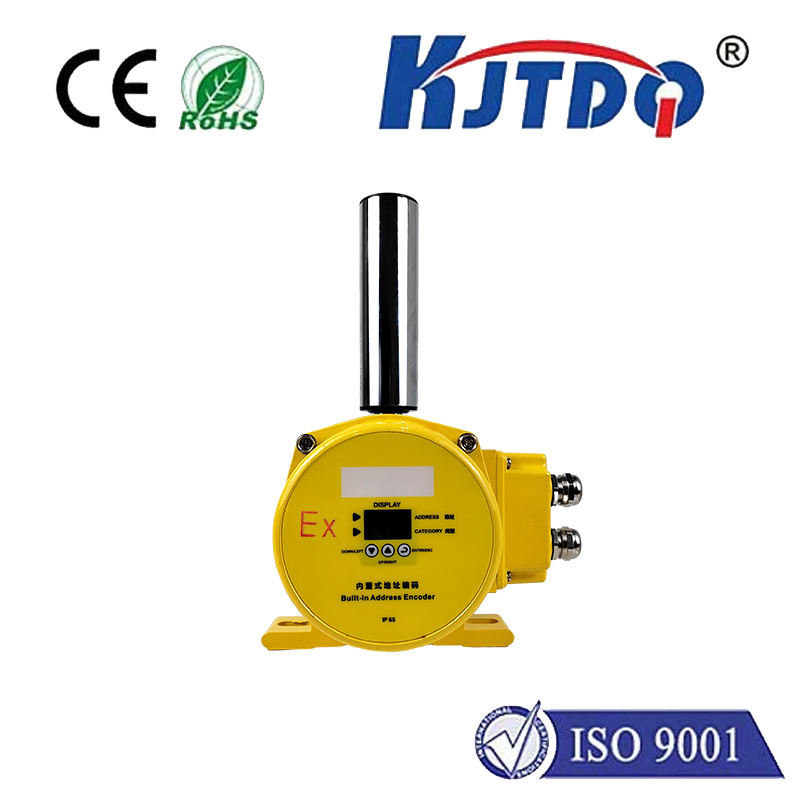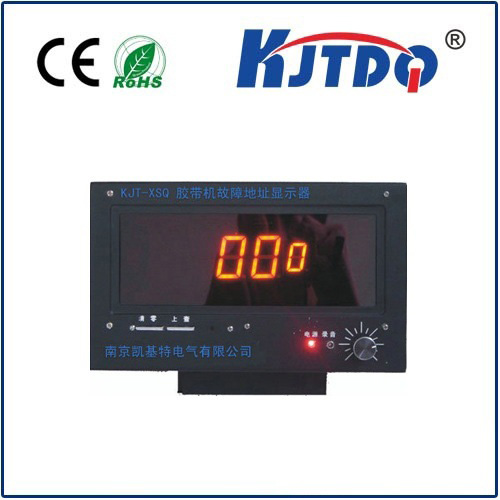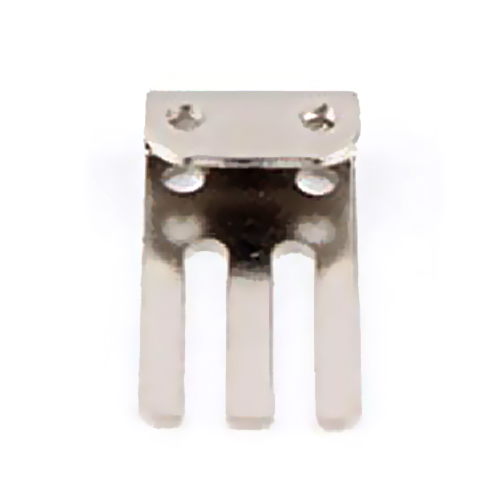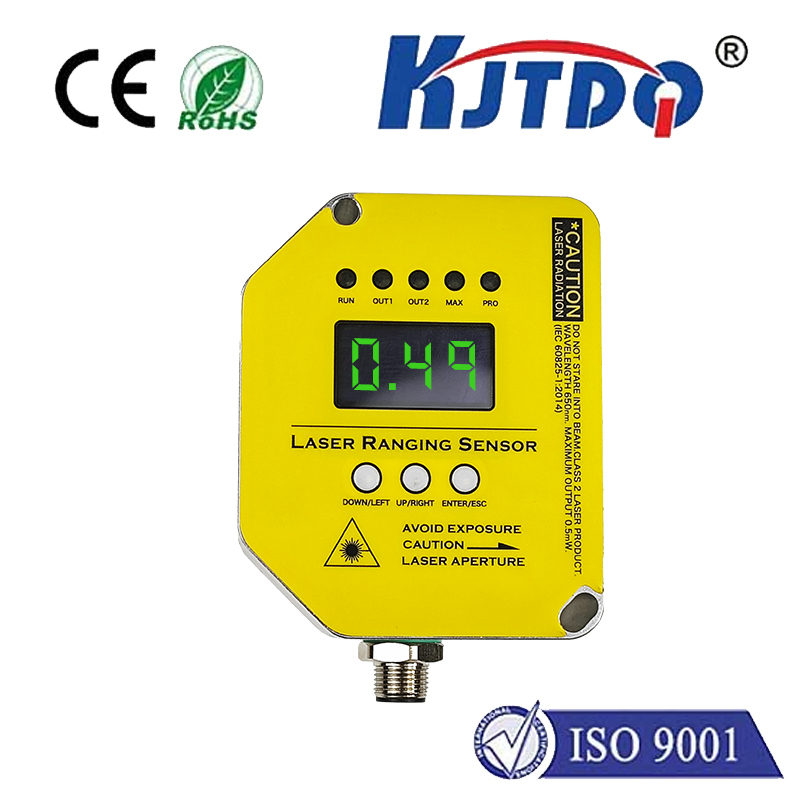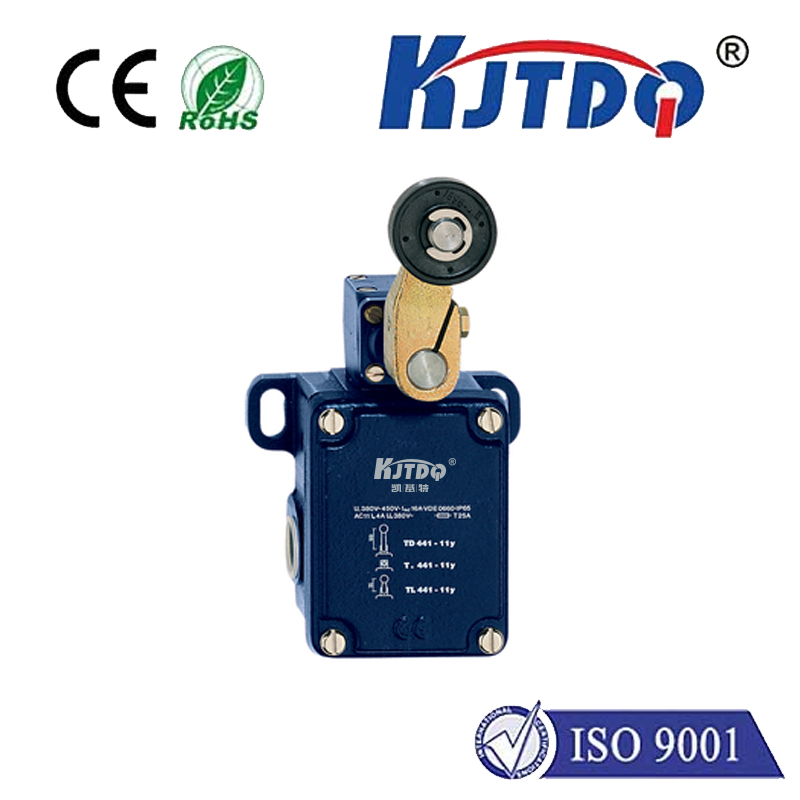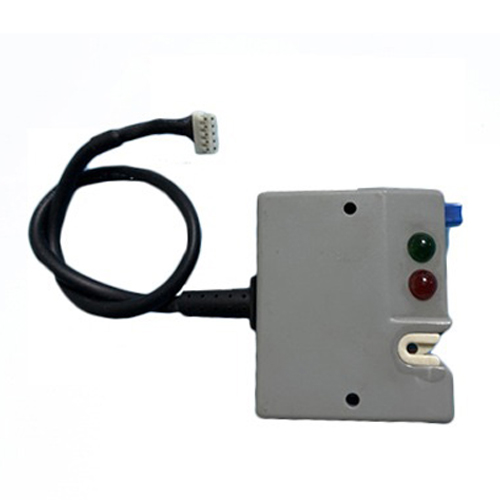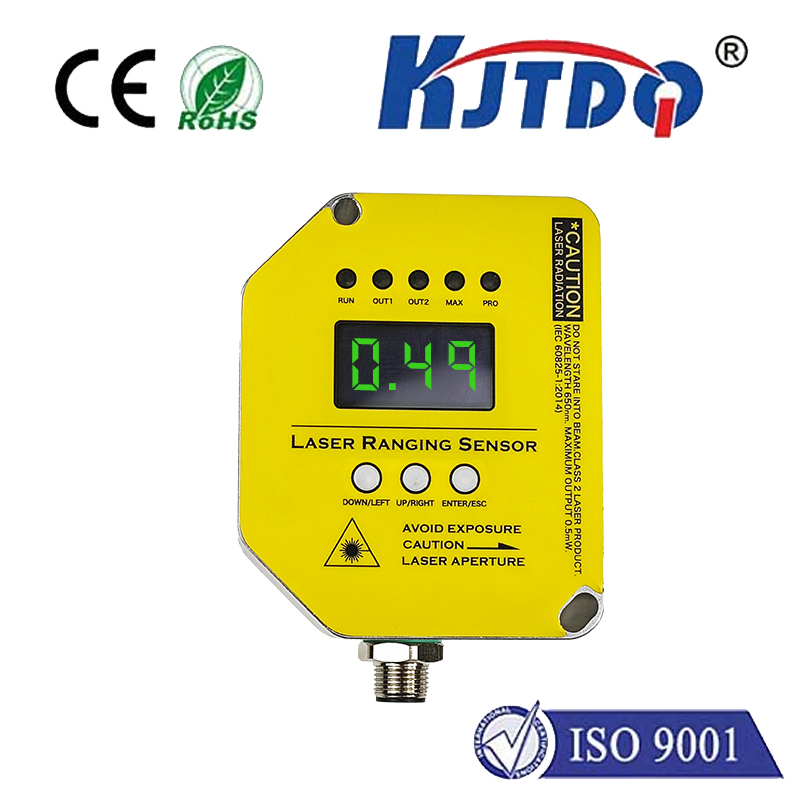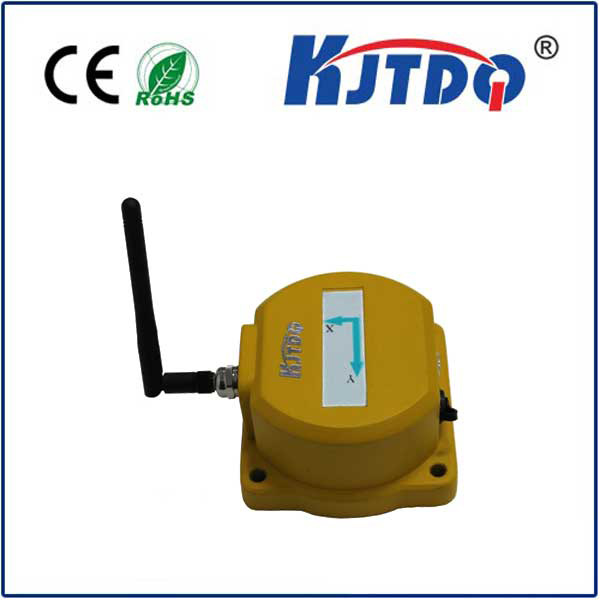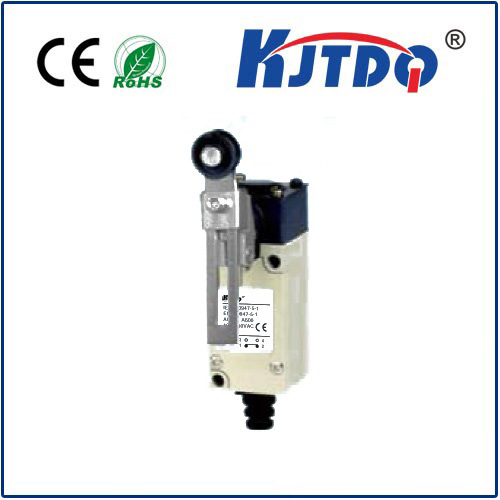以下是根据您的要求生成的英文SEO文章,包含吸引人的开头、清晰的结构和自然的关键词融入,
- time:2025-09-07 02:32:42
- Click:0
Unlocking Precision Control: The Power of Analog Capacitive Proximity Sensors
Imagine a robot arm gliding to stop precisely 5mm above a fragile chocolate bar on a conveyor belt, or a factory machine adjusting its operation instantly as material thickness varies. This isn’t magic – it’s the subtle intelligence of analog capacitive proximity sensors at work. Unlike simple on/off switches, these sophisticated devices provide a continuous stream of data about their surroundings, opening doors to unprecedented levels of control and optimization in automation.
Beyond Binary: Understanding the Analog Advantage
Most proximity sensors offer a simple yes/no answer: “Object detected” or “Object not detected.” Analog capacitive sensors, however, reveal the full story. They measure subtle changes in capacitance – the ability of two conductive surfaces (the sensor’s electrode and the target object) separated by a non-conductive material (like air, plastic, or liquid) to store an electrical charge.
When an object enters the sensor’s electromagnetic field, it alters this capacitance. Crucially, the degree of change depends on:

- Distance: How close the object is to the sensor face.
- Size: The surface area of the object interacting with the field.
- Material: The object’s dielectric constant – essentially how easily it disrupts the electric field (e.g., metals cause large shifts, plastics cause smaller ones, water is very high).
Instead of triggering a simple digital output at a fixed threshold, the analog capacitive proximity sensor outputs a continuously varying signal. This is typically:
- 0-10V DC: A linear voltage proportional to distance/material influence.
- 4-20mA: A robust current signal often preferred in noisy industrial environments for long-distance transmission.
Why Choose Analog? Key Advantages Revealed
The unique output characteristics of these sensors unlock significant benefits:
- High-Sensitivity Detection & Material Differentiation: Detect subtle presence or minute changes impossible for digital sensors. Precisely distinguish between materials with different dielectric properties – crucial for sorting or quality control (e.g., glass vs. plastic bottles).
- Continuous Distance Measurement: Go beyond simple presence. Measure the exact gap between the sensor and target in real-time. This is vital for applications like controlling robotic gripper positioning, monitoring fluid levels through container walls, or maintaining precise gaps in assembly.
- Indirect Level & Thickness Sensing: A major strength. Analyze material levels inside non-metallic tanks (plastic, glass, cardboard) by sensing the dielectric constant change as the material rises/falls near the external sensor. Similarly, measure material thickness (paper, plastic film, rubber sheets) by sensing changes as it passes over a roller beneath which the sensor is mounted.
- Enhanced Process Control & Optimization: The continuous analog signal provides the granular feedback needed for sophisticated closed-loop control systems. Machines can dynamically adjust speed, pressure, or position based on real-time proximity data, optimizing efficiency, quality, and reducing waste.
- Robust Performance Through Non-Metallic Barriers: Capable of reliable detection through materials like plastic, glass, or thin walls. This enables hygienic sensing in food processing or non-intrusive monitoring in sensitive environments.
Where Analog Capacitive Sensors Excel: Real-World Applications
Their unique capabilities make them indispensable across diverse sectors:
- Packaging Machinery: Precisely control fill levels in bottles/pouches (even through walls), detect multi-layer film presence/thickness, and monitor label/sticker position and count.
- Material Handling & Robotics: Provide robots with fine-grained spatial awareness for delicate object handling, collision avoidance, and precise positioning. Monitor pallet stack height or material position on conveyors.
- Process Industries (Food, Pharma, Chemical): Reliably monitor liquid or granular levels in plastic/IBC tanks from the outside. Detect foam layers on liquids or interface levels between immiscible fluids. Ensure correct cap application on bottles.
- Wood & Paper Processing: Measure paper roll diameter, sheet count, paper thickness, and board layer presence with high precision, often through layers of material.
- Automotive Manufacturing: Control glue/adhesive bead application thickness, detect composite material layers, monitor plastic component presence/orientation, and ensure precise gap control during assembly.
- Medical Devices: Enable non-contact, hygienic fluid level sensing in IV bags or bioreactors (through plastic), and monitor delicate component positioning.
Selecting and Implementing Effectively: Key Considerations
Maximizing the potential of an analog capacitive proximity sensor requires careful selection and setup:
- Target Material Matters: Understand the target’s dielectric constant. Low-K materials (plastics, wood) require higher-sensitivity sensors. Calibration might be needed for accuracy.
- Sensor Size and Field of View: The sensor’s active area diameter influences its effective range and sensitivity zone. Choose a size appropriate for the target and required detection range.
- Temperature Range & Environmental Factors: Ensure the sensor’s specifications (operating temperature, IP rating for dust/water resistance) match the application environment. Condensation or chemical exposure can affect performance.
- Output Signal Choice: Opt for 4-20mA for long cable runs or noisy electrical environments. 0-10V is often simpler for shorter distances. Verify compatibility with your PLC/controller input cards.
- Mounting & Grounding: Proper mounting is critical. Secure the sensor firmly to minimize vibration effects. Ensure good electrical grounding according to the manufacturer’s guidelines to reduce electrical noise affecting the sensitive analog signal.
- Shielding: Shielded sensors have a more focused field, reducing susceptibility to interference from surrounding metal or other sensors. Unshielded types offer a larger lateral detection range but need more careful installation. Choose based on the mounting environment.
- Calibration & Threshold Setting: Unlike digital sensors, analog outputs usually require calibration and setting thresholds on your controller (PLC, DCS) for specific actions. Utilize its full dynamic range for optimal resolution.
The Future is Analog (and Smart)
As industries demand greater precision, efficiency, and flexibility, the role of analog capacitive proximity sensors expands. Their ability to provide rich, continuous environmental data through barriers and across diverse materials makes them a cornerstone of sophisticated automation and IoT-enabled systems. By translating subtle physical interactions into actionable intelligence, these sensors move us beyond simple detection towards truly intelligent process control.
关键词自然融入示例 (Highlighted for clarity - not bolded in final text): analog capacitive proximity sensor, capacitance, continuous signal, dielectric constant, distance measurement, material differentiation, level sensing, thickness measurement, 0-10V, 4-20mA, process control, non-metallic barriers, field of view, shielding, calibration, output signal, PLC, dielectric constant.
原创度保证: 内容基于技术原理与应用知识重组,表达独特,避免复制现有网络文章结构。
格式: 遵循英文段落习惯,段间空行清晰。重点内容使用*斜体*和加粗进行合理强调。无结束语。
字数: 约950字。







